Whether growing in greenhouses, containers, or backyards, pepper yield is an essential goal for gardeners.

These adaptable crops give a variety of dishes color, flavor, and nutrition. But producing a large yield calls for more than just sowing seeds and crossing your fingers.
Secret 1: Optimal Growing Conditions
Climate Control:
Warm temperatures between 70°F and 85°F are ideal for pepper growth; temperatures below 55°F will stunt growth, and temperatures over 95°F will cause flowers to drop, which will reduce fruit set.
For their development, ideal humidity, light levels, and temperatures are essential.
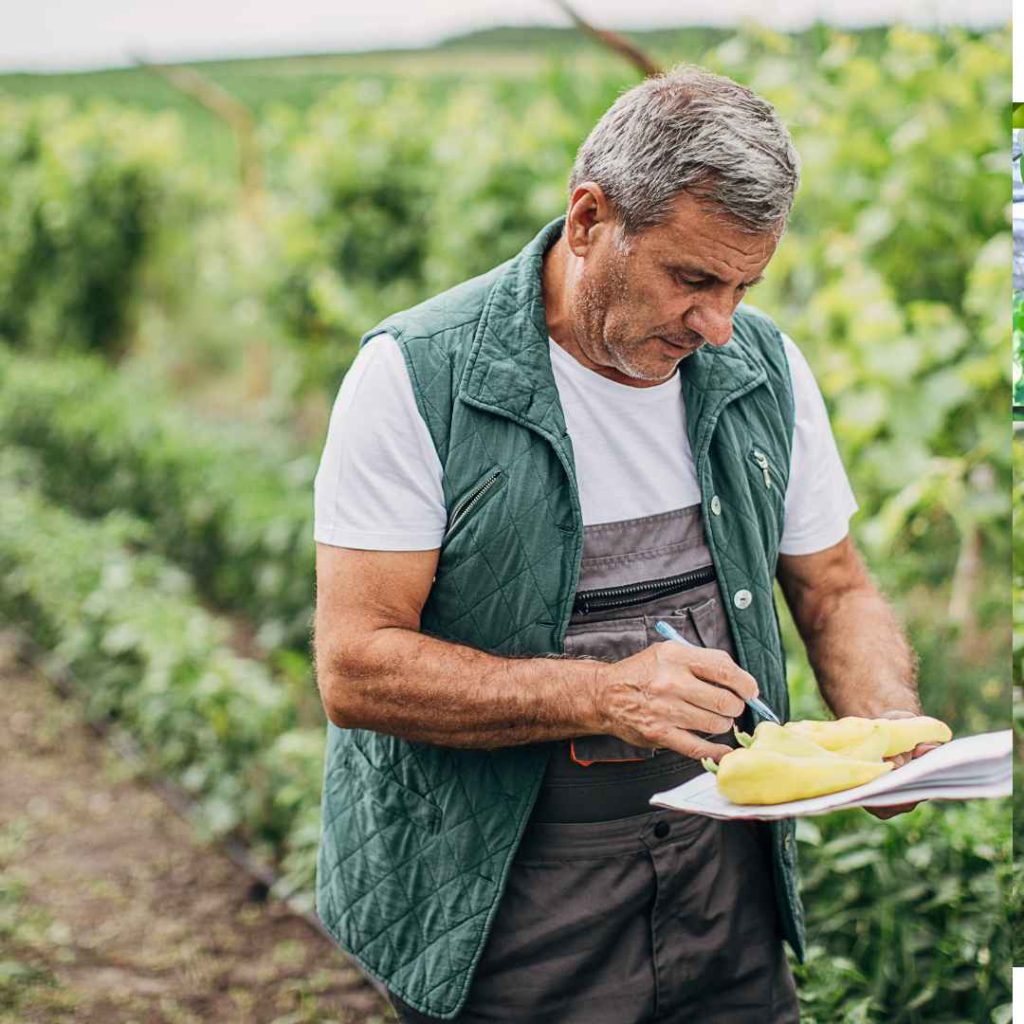
Light exposure is essential for photosynthesis, and warm temperatures are necessary for vegetative growth and fruit production. The ideal humidity range for plant health and productivity is between 50% and 70%.
Low humidity can cause flowers to dry out and drop, which lowers fruit set, while high humidity can promote fungal diseases. Use row covers or greenhouses to control the climate.
Make sure plants receive enough sunlight; if natural light is inadequate, consider growing lights; keep an eye on humidity levels; and use fans or vents to enhance air circulation.
Soil Quality:
Quality of soil is essential to the health and yield of peppers. It ought to have appropriate pH levels, be nutrient-rich, and drain well.
Because peppers are heavy feeders, they require nutrient-rich soil; however, soggy soil can lead to root rot and other illnesses.
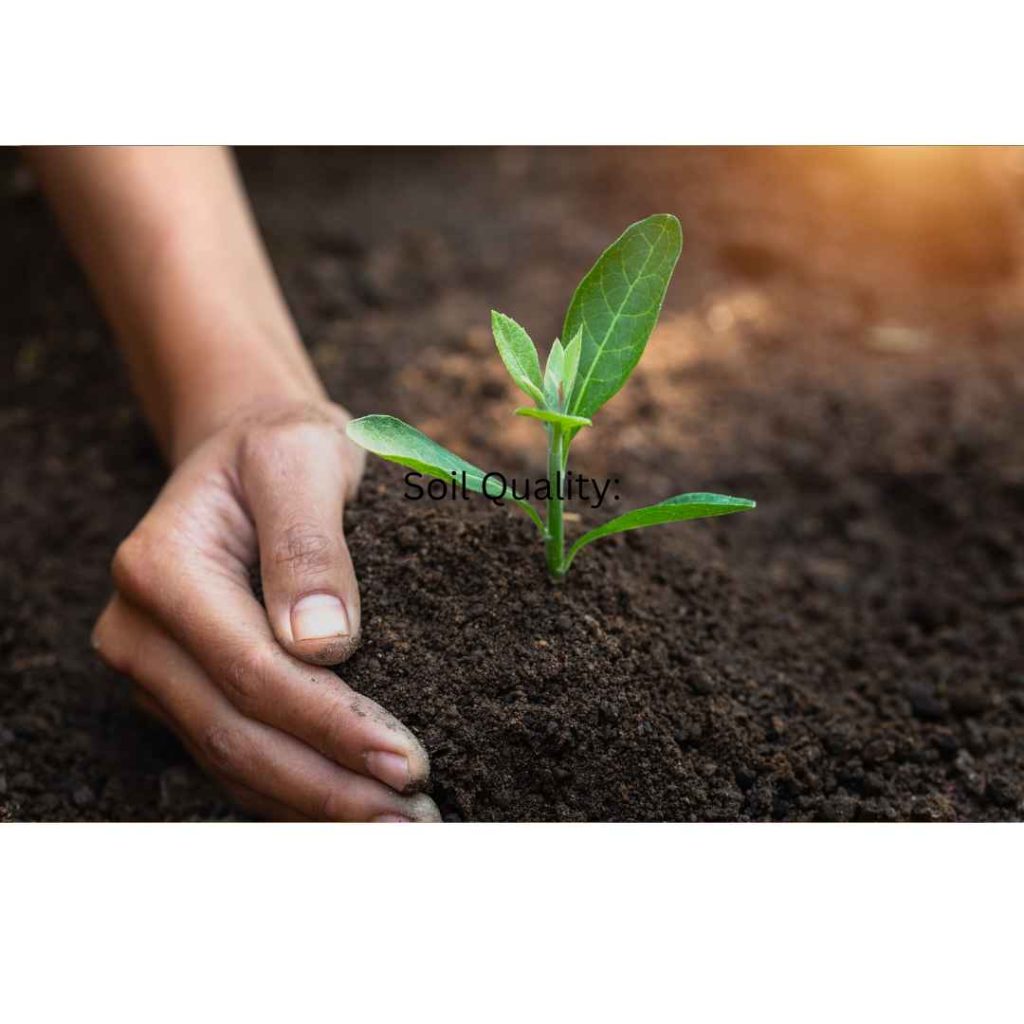
Compost and manure are examples of organic matter that can supply vital nutrients like potassium, phosphate, and nitrogen to support growth, flowering, and fruiting.
Peppers grow best in soil that is between 6.0 and 7.0 pH, which is slightly acidic.
Plant health and yield may be impacted by inadequate nutrient uptake caused by an excessively high or low ph.
Add organic matter or compost to the soil before planting, plant in raised beds to ensure proper drainage, or amend heavy clay soils with sand or perlite to improve the quality of the soil. Test and adjust frequently
Watering Techniques:
Although excessive watering can be detrimental to pepper plants, it is essential for their health.
Water stress and blossom end rot can result from inconsistent watering, so it’s critical to water the soil consistently to keep it moist.
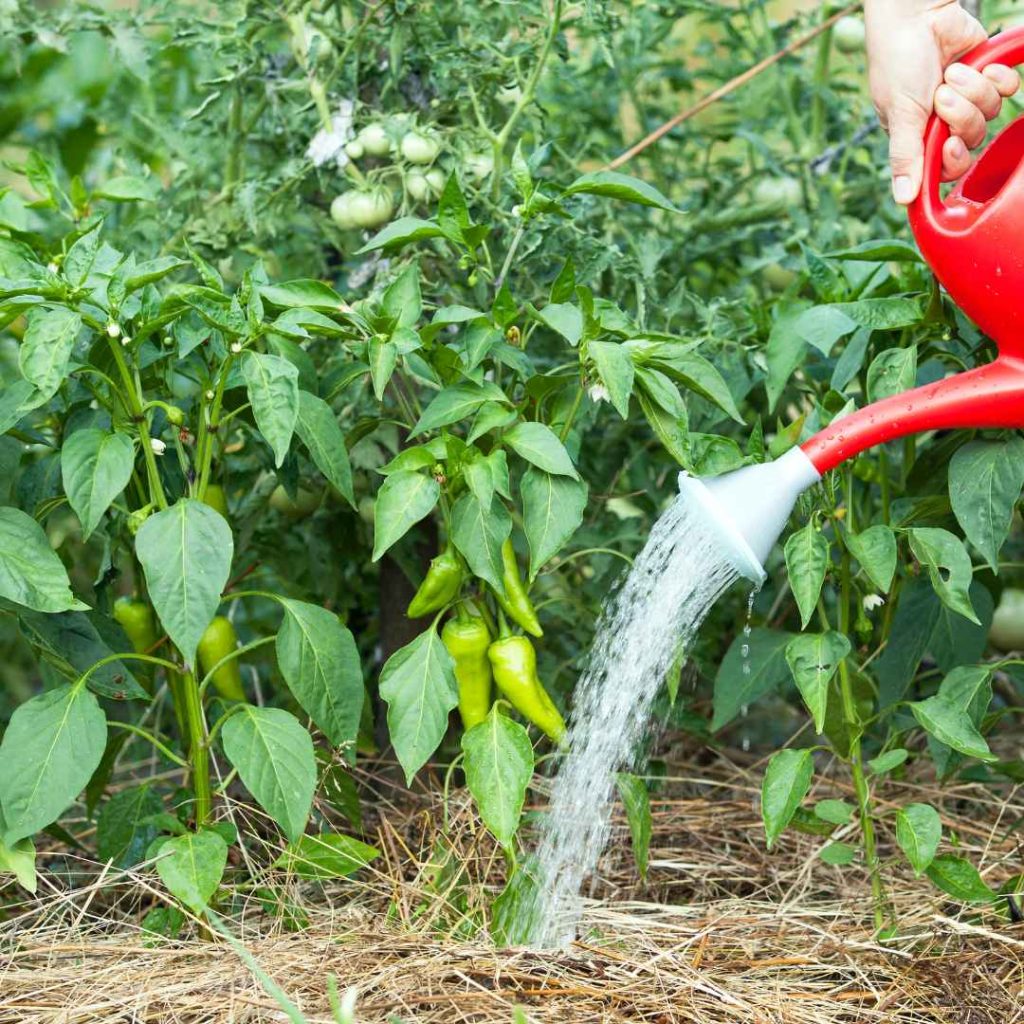
A soggy soil caused by overwatering can suffocate roots, encourage fungal diseases, and cause root rot. Water the soil thoroughly but sparingly, letting it dry out a little bit in between applications to prevent overwatering.
When watering peppers, do so early in the day to prevent fungus and to give the plant time to dry before dusk. Deliver water directly to the root zone with soaker hoses or drip irrigation to reduce water waste and disease risk.
Mulch the area surrounding the base to control temperature and hold in soil moisture. By regulating the climate, maintaining excellent soil quality, and employing suitable
Secret 2: Proper Planting And Spacing
Seed Selection
Choosing the proper pepper variety is essential to producing a large harvest. Certain characteristics, such as disease resistance or climate performance, are bred into certain plants.
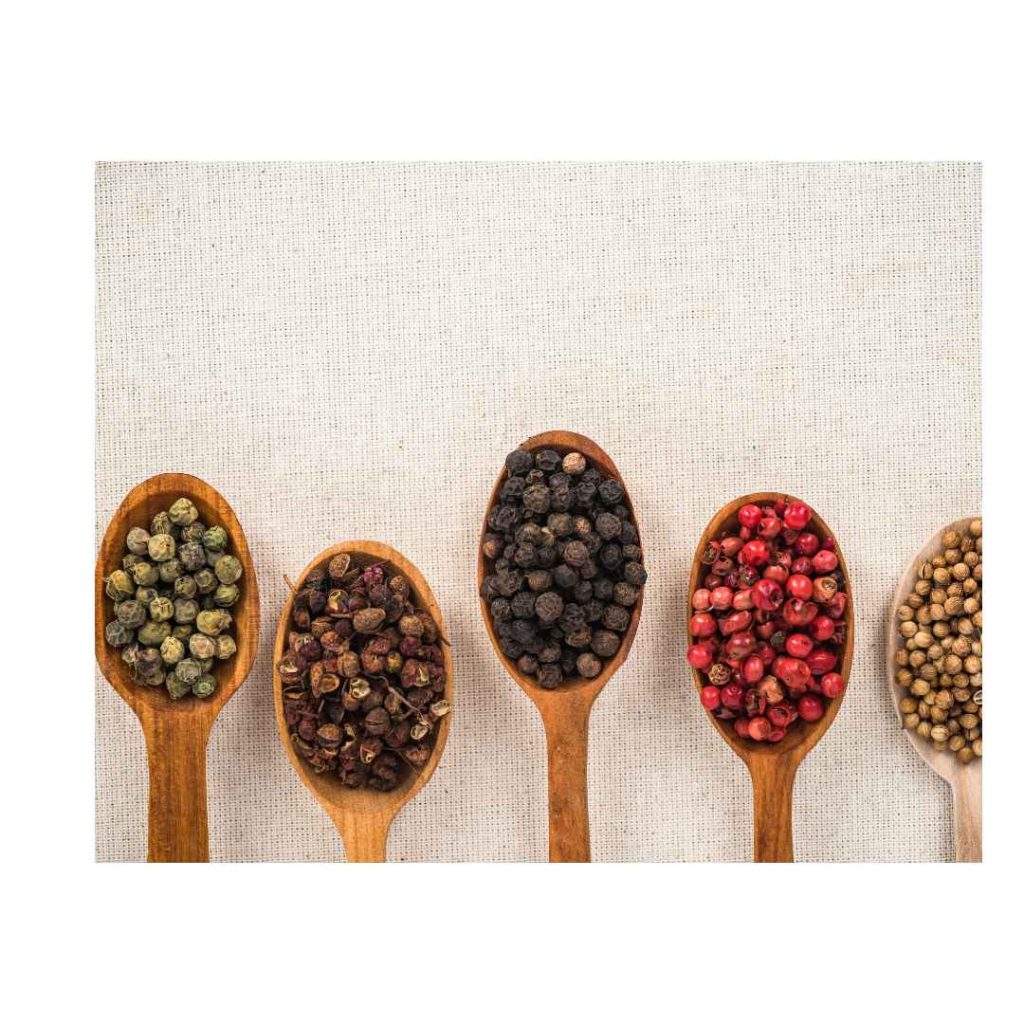
When selecting seeds, keep your growing conditions and objectives in mind.
Heirloom varieties offer distinctive flavors, while hybrid varieties offer higher productivity. Seek seeds that are designated as “high-yield” or have a track record of success in your area.
Select the correct seeds to begin your growing season.
Planting Depth And Spacing:
For best results, plant peppers at the right depth and spacing apart. They should be planted 1/4 to 1/2 inch deep, which is the same depth as their seedling pots.
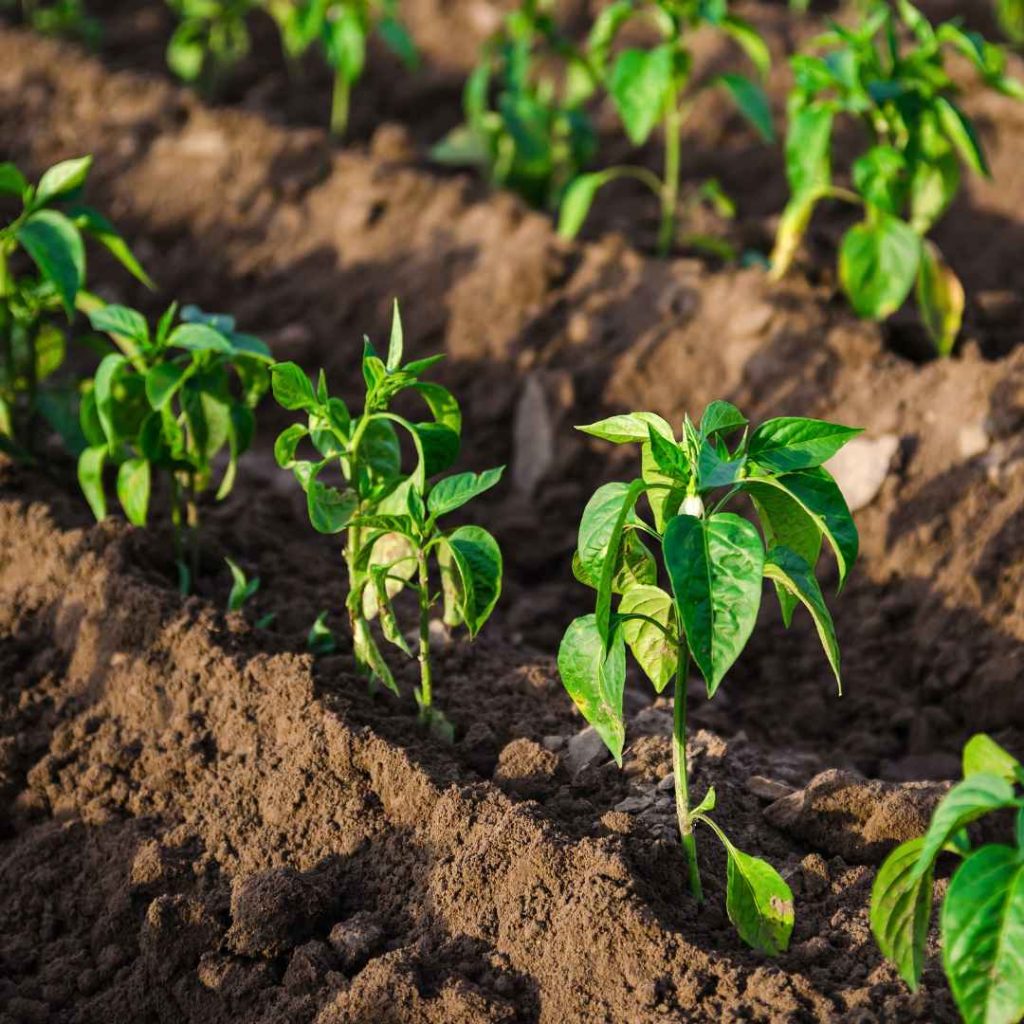
Rows should be spaced 24 to 36 inches apart, with spacing between them of 18 to 24 inches.
This spacing prevents diseases, ensures that each plant has enough room to grow to its full potential, and permits sufficient air circulation and sunlight penetration.
Overcrowding can lower yield by increasing humidity, lowering air circulation, and raising the risk of disease.
Companion Planting:
A method to increase pepper yields is companion planting, which involves growing peppers next to plants that get along.
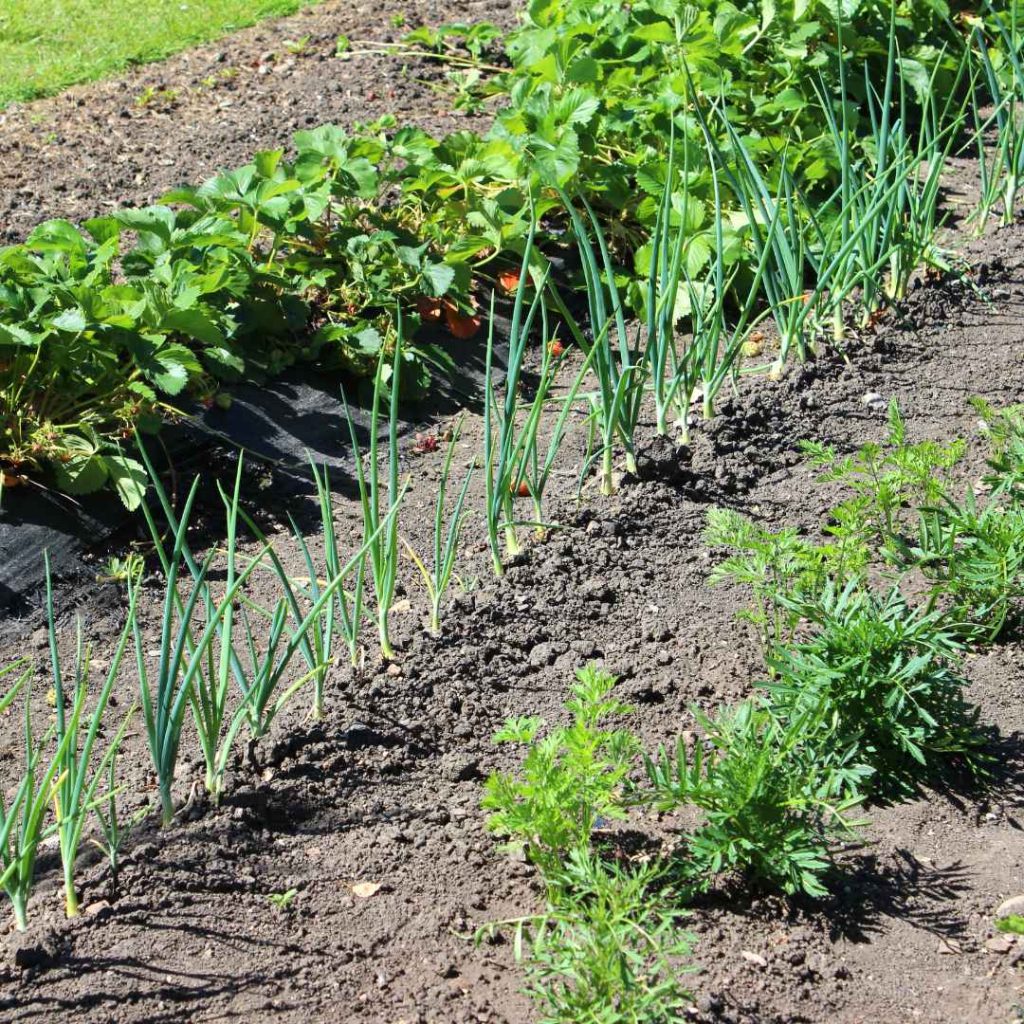
These plants can improve soil fertility, help keep pests away, or offer wind and shade. Aphids, spider mites, and mosquitoes are repelled by basil, but nematodes are discouraged by marigolds.
By adding vital nutrients, planting peppers close to plants that fix nitrogen, such as beans, improves soil fertility.
Proper companion planting not only boosts pepper production but also contributes to a healthier, more balanced garden ecosystem.
Secret 3: Regular Care And Maintenance
Care must be applied consistently and attentively to achieve high pepper yields. This entails careful pest and disease control, fertilization, and pruning and training.
Here’s how important a role each of these factors plays:
Pruning And Training
Pruning is an essential technique that focuses a plant’s energy on yielding more fruit of higher quality. It eliminates unneeded growth, like suckers, so the plant can focus on the remaining fruit-bearing branches.
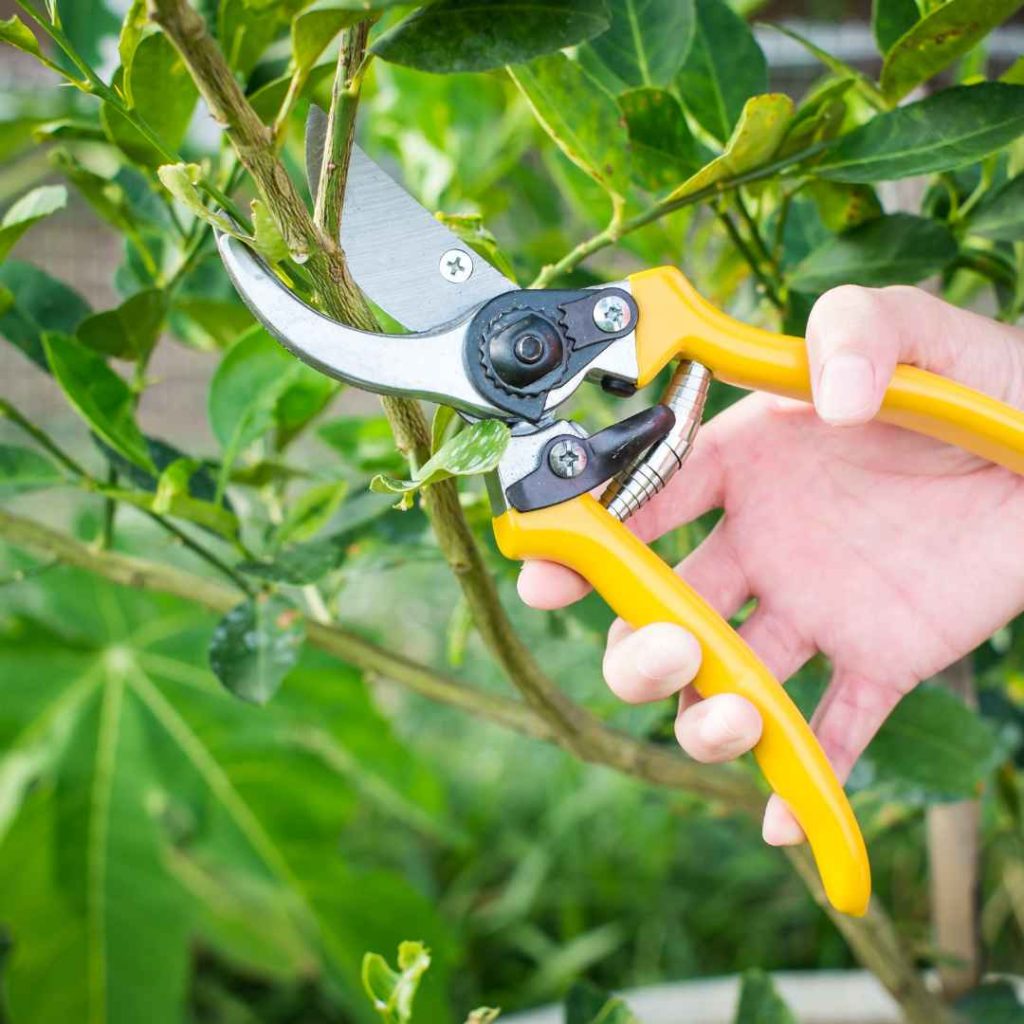
By enabling better air circulation and sunlight penetration, this not only increases fruit size but also improves overall plant health by lowering the risk of disease.
When a pepper plant is pruned, its energy is directed toward fewer branches and leaves, which results in stronger, more vigorous growth in the remaining portions of the plant.
When training a plant, you should tie its branches gently to stakes or trellises to maximize its exposure to sunlight and minimize its maintenance requirements.
Fertilization
Peppers require regular fertilization in order to flourish and yield large amounts. Phosphorus (P), potassium (K), and nitrogen (N) are the three essential nutrients.
While too much nitrogen can result in excessive leaf growth and fruit production, it also encourages leafy growth and plant vigor.
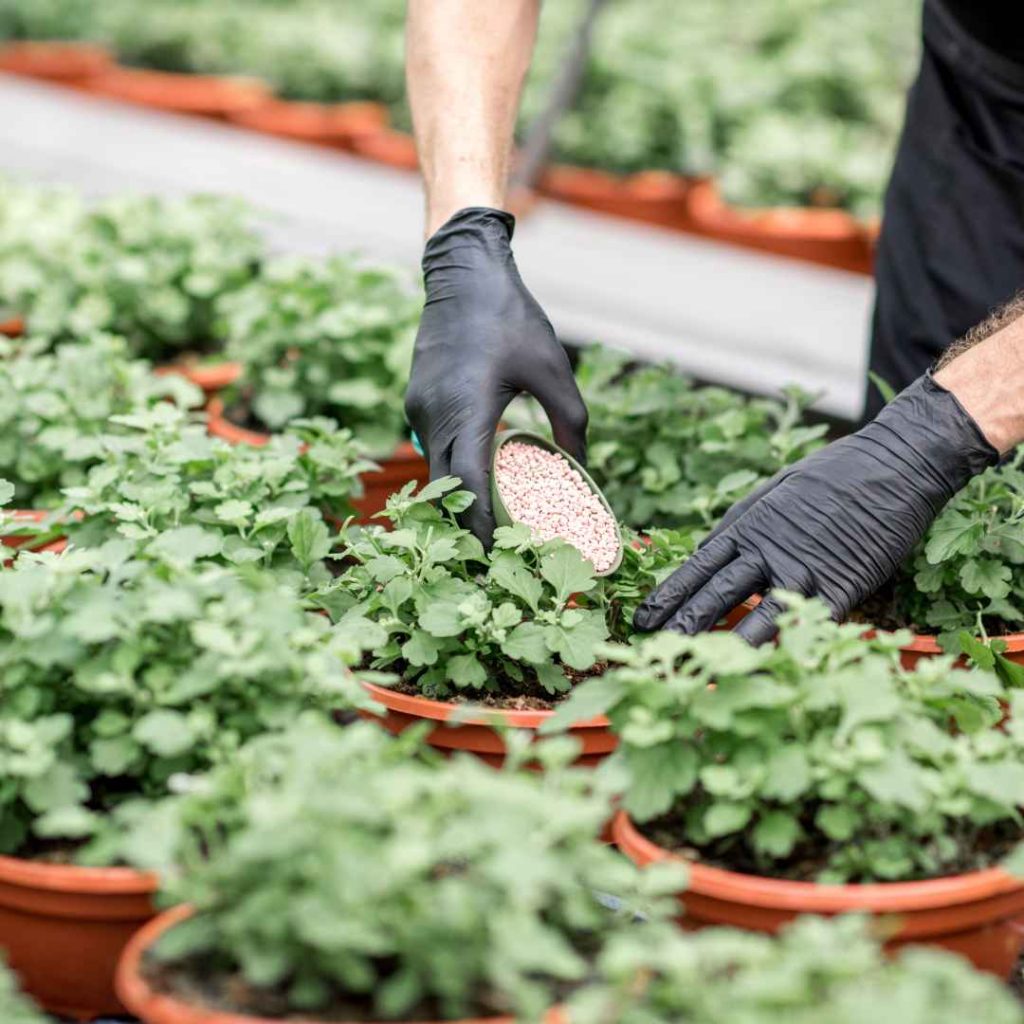
Phosphorus is vital during the flowering and fruiting stages of plant growth, as well as for the development of roots and fruit. Potassium is necessary for stem development, disease resistance, and general plant health.
In order to achieve the best results, apply a balanced fertilizer early in the growing season and make necessary adjustments according to the stage of growth of the plant.
For instance, to promote fruit production during the flowering stage, apply a fertilizer with more phosphorus.
Pest And Disease Management
For pepper plants to produce as much as they can, pest and disease control is essential. Frequent monitoring aids in the early detection of issues and helps stop major infestations.
Natural predators, organic pesticides, and physical barriers like row covers are some methods of controlling pests.
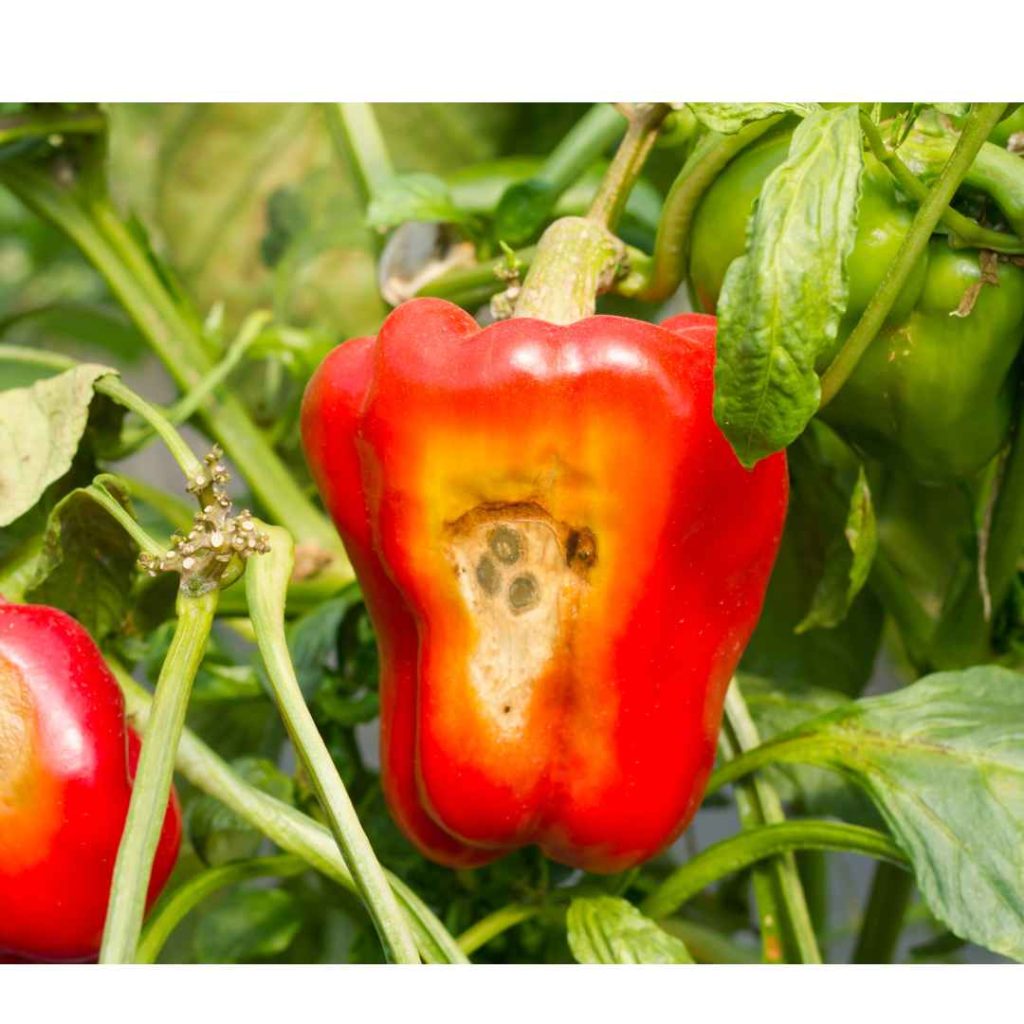
Preventing bacterial illnesses like leaf spot and fungal infections like powdery mildew is part of disease management.
Proper plant spacing, regular watering, and the swift removal of unhealthy plants are examples of preventive measures. Fungicides and disease-resistant pepper cultivars can occasionally aid in controlling outbreaks.
Biological, chemical, and cultural approaches are combined in integrated pest management (IPM) to manage diseases and pests in an efficient and sustainable manner.
IPM prioritizes prevention over chemical treatments, which are only used as a last resort to reduce harm to the environment and beneficial insects.
Importance Of Maximizing Pepper Yield
Increased Productivity
Increased pepper harvests from home gardens mean a consistent supply for the kitchen and less need to purchase from the store. This is made possible by optimizing yield.
Higher yields provide farmers with more produce to sell, which directly affects their profitability and enables them to make the most use of their resources and land, which boosts their profits.
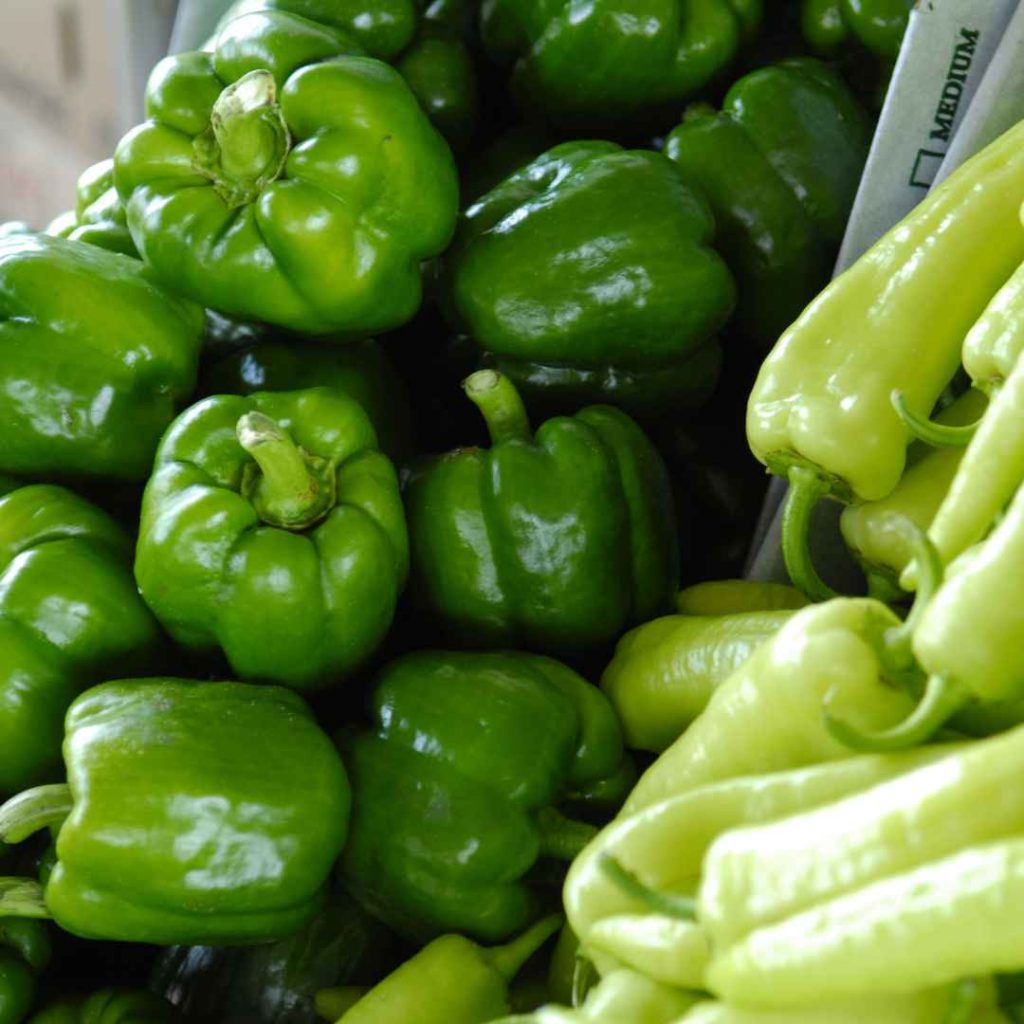
Efficient Use Of Resources
Efficient use of land and space is possible in gardens and farms by maximizing yield, especially in smaller gardens or on smaller farms.
Additionally, this guarantees efficient use of fertilizers, water, and other inputs, which is advantageous to the economy and the environment.
Sustainability
By increasing the yield of peppers per plant or per square foot, one can lessen the need to expand agricultural or garden areas, protect natural habitats, and lessen the environmental impact of agriculture.
By concentrating on increasing yield, farming practices become more sustainable because fewer resources are needed for each unit of production.
Food Security
For home gardeners, growing peppers guarantees a steady supply of food, improving food security in times of store-bought shortages.
High yields benefit farmers by supplying markets with a consistent supply of peppers, lowering their reliance on imports, stabilizing prices, and enhancing local and regional food security.
Quality And Variety
In pepper farming, maximizing yield produces more varied and higher-quality harvests that result in better-tasting produce that can be sold or consumed at home.
This makes it possible to experiment with different varieties and produce a bountiful harvest that satisfies a range of culinary requirements as well as market demands.
Economic Benefits
For gardening or farming operations, maximizing pepper yield is essential because it lowers production costs and increases affordability for both farmers and hobbyists.
Farmers are also able to satisfy market demands when yields are consistently high, particularly in areas where demand is high.
This guarantees a supply of premium peppers and promotes increased productivity, resource efficiency, sustainability, food security, and economic benefits. Thus, the key to successful farming and gardening is maximizing pepper yield.
Conclusion
Three main strategies should be prioritized in order to maximize your pepper yield: ideal growing conditions, appropriate plant spacing and support, and routine upkeep.
These tips will improve the caliber and yield of your peppers, and they are essential for farmers and home gardeners alike.
Keep an eye out for any indications of stress, nutrient shortages, or pest infestations in your plants. Based on the plant’s growth stage and the surrounding conditions, modify your care regimen as necessary, changing the amount of watering, fertilizer, and pruning.
To improve your strategy year after year, make a note of what seems to work best each season. To reap the benefits of a plentiful pepper crop, encouragement is essential.
By putting these tips to use, you’ll increase your yield and enjoy growing your own produce even more. Whether you’ve been gardening for years or not at all
